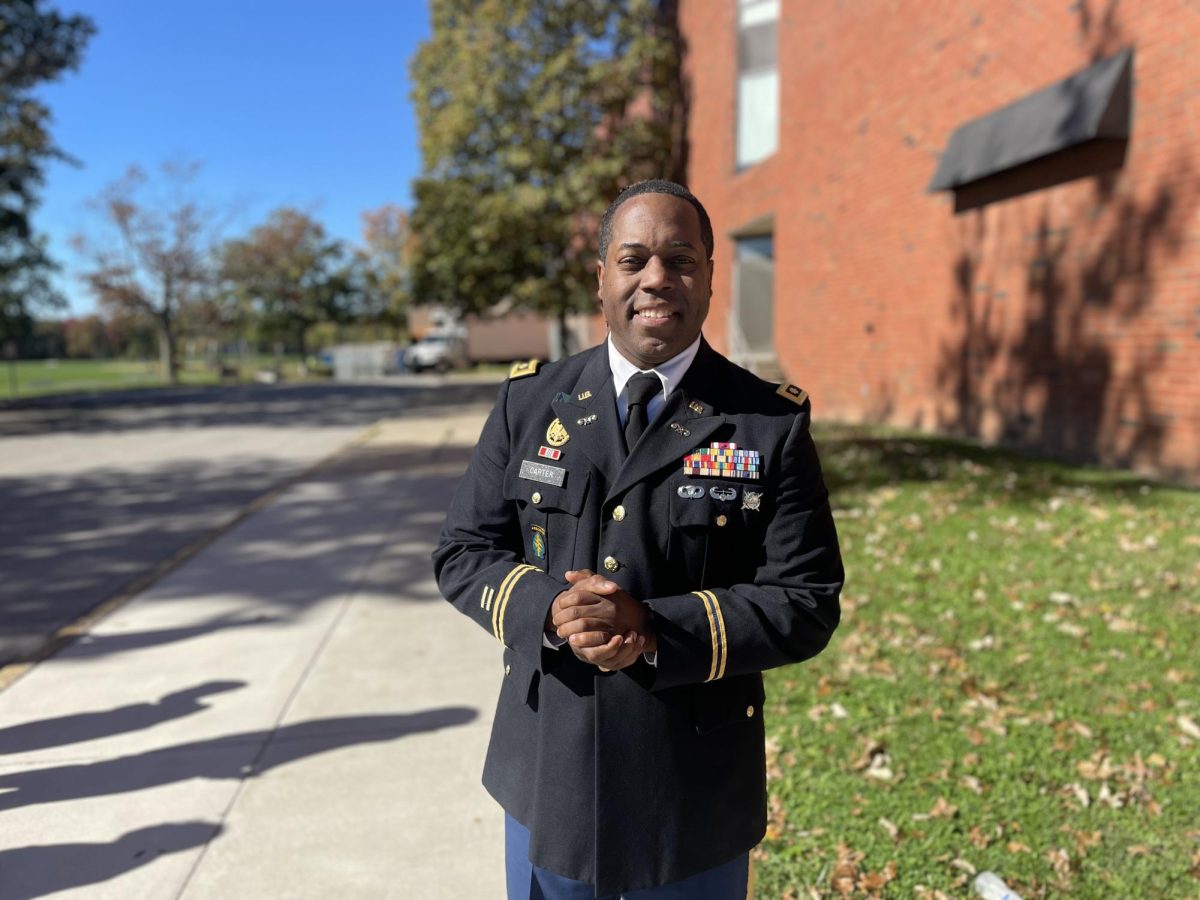The Native American Education Crisis
May 17, 2016

“Under treaty and trust responsibilities dating back more than a century, the federal government has an obligation to provide an education for Native American children”, says Rep. Betty McCollum. Yet, The Bureau of Indian Education reports that 183 schools are in poor condition and need to undergo extensive renovations. At the Bug-O-Nay-Ge-Shig school, students are forced to suffer through detrimental conditions. Often, the students wear jackets all day due to the freezing temperatures, and most have never been able to perform proper chemistry projects due to a lack of ventilation in the classroom. Poor ventilation and cold temperatures are not shocking since “the actual school is located in a dilapidated pole barn built for vehicles”, says McCollum. Another school in Washington, The Quileute Tribal School, is subjected to constant flooding, often with water lapping against the building. Still another school in New Mexico, The Chichiltah-Jones Ranch Community School, suffers repeated power outages. According to McCollum, “students in schools in every corner of the country take classes in overcrowded trailers”.
Think that these school conditions are recent? Think again. A government accountability report for 2001 showed schools run by the government were in substandard condition. The result of years of never caring for the issues in those schools? Decades of substandard schools continuing to deteriorate. However for some there is hope in sight, The Bug-O-Nay-Ge-Shig school will be replaced with a $11.9 million fund. To help the rest of the dangerous schools, McCollum says democrats and Republicans need to come together with the next president, who will have to build on previous consultations with Native American tribes. Solving this problem will ensure that every child gets the quality education in the safe, comfortable environment that they deserve.


